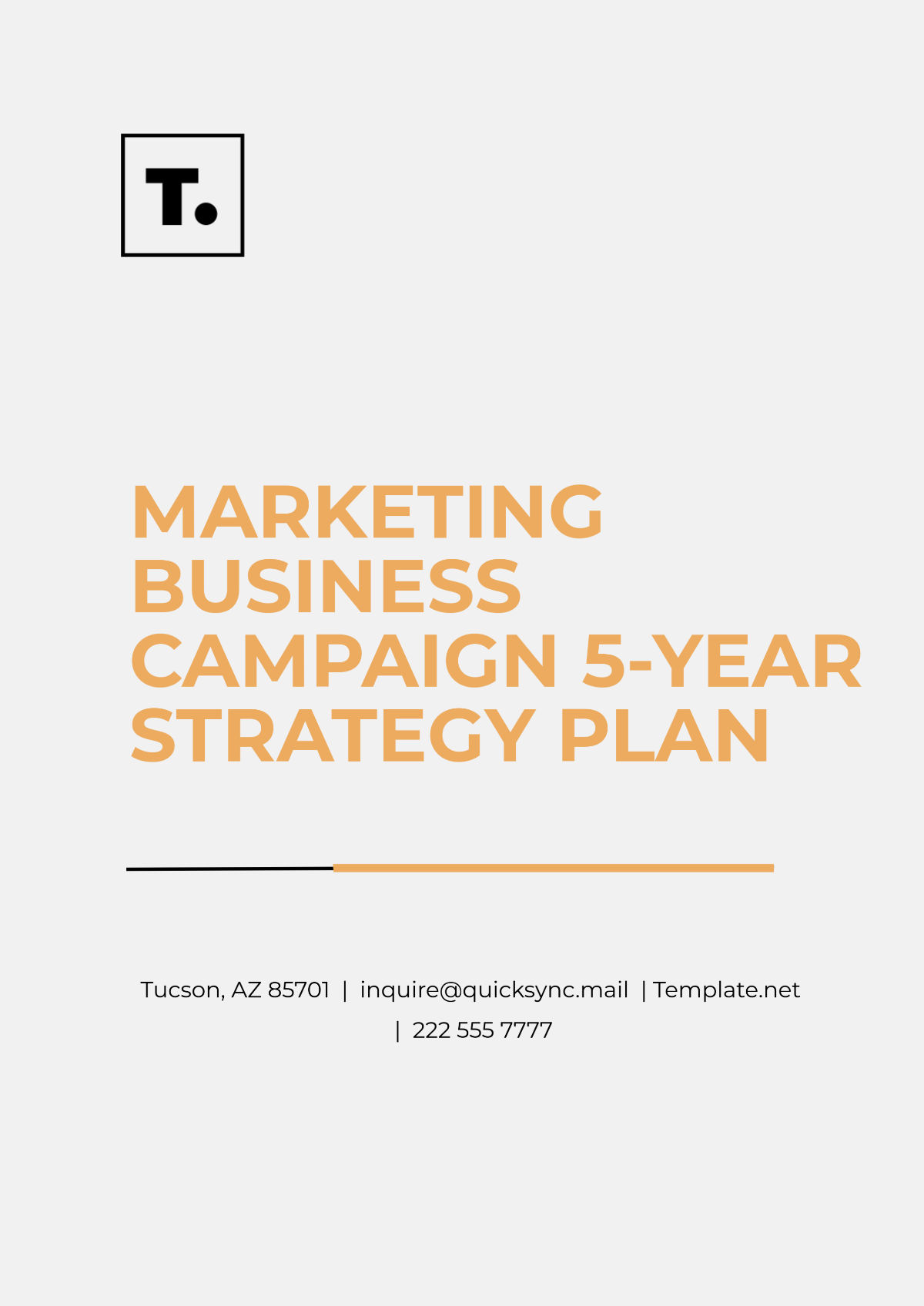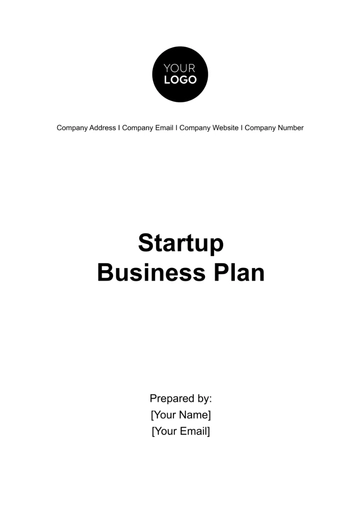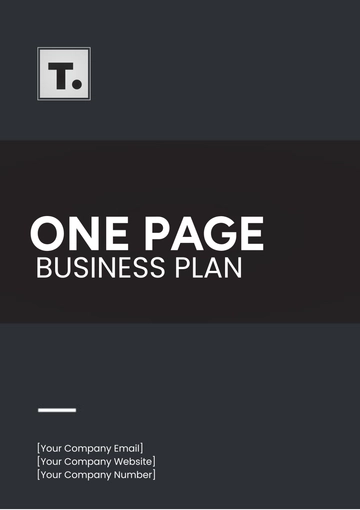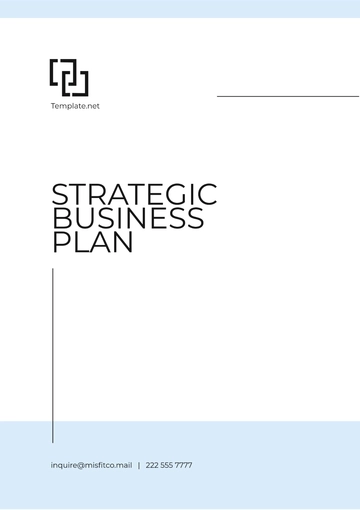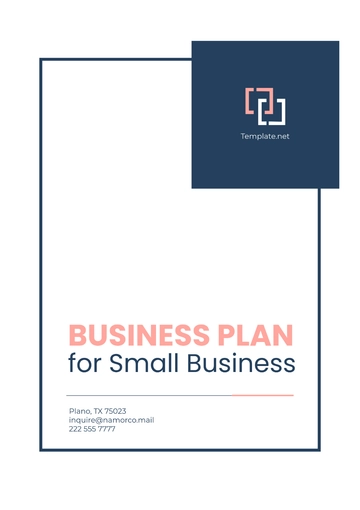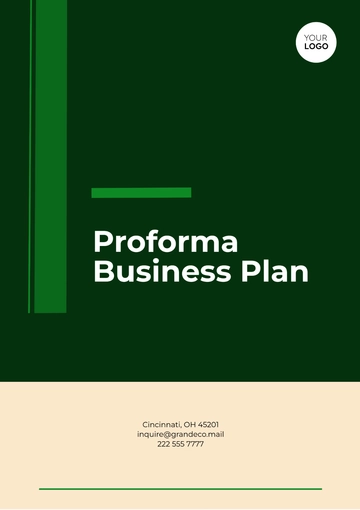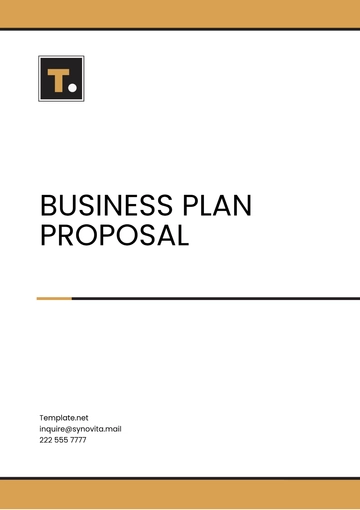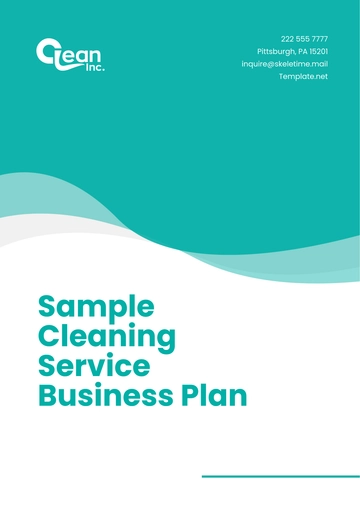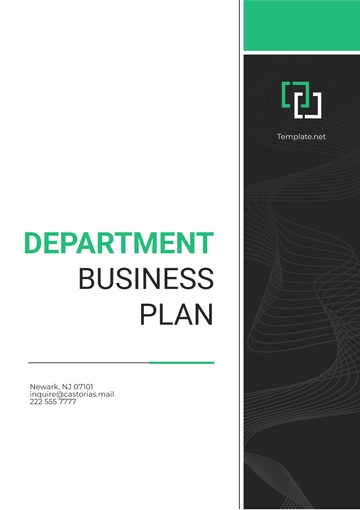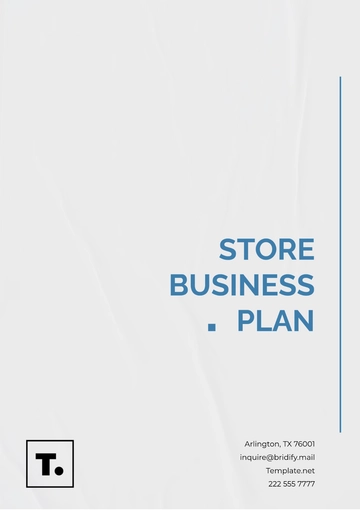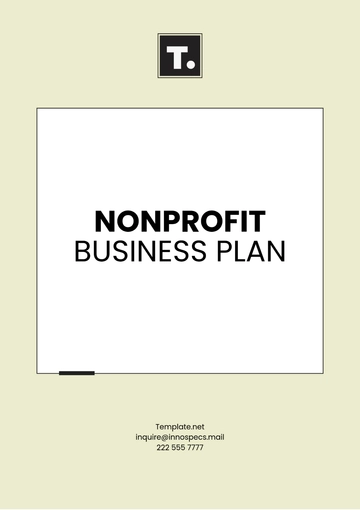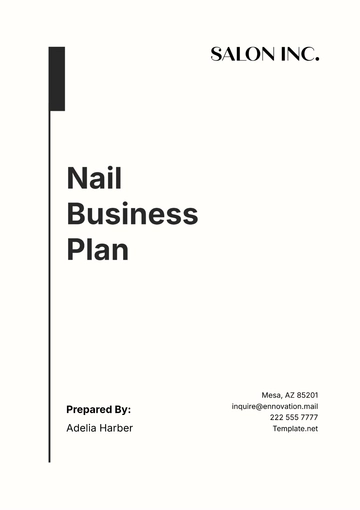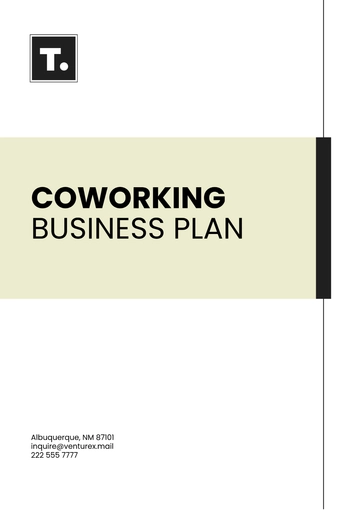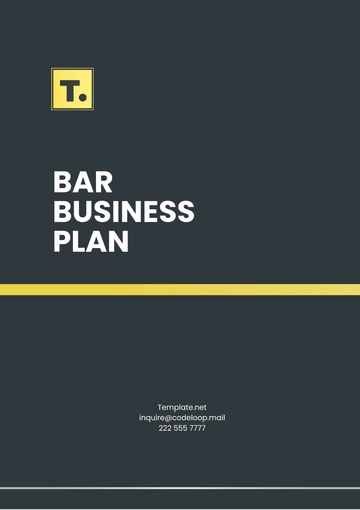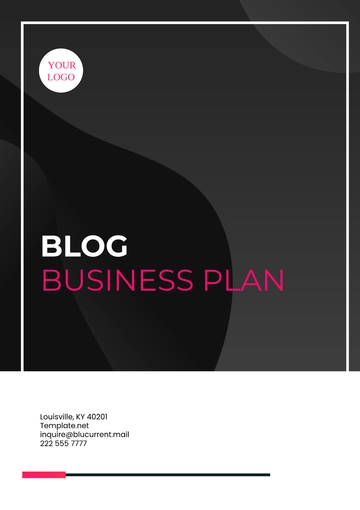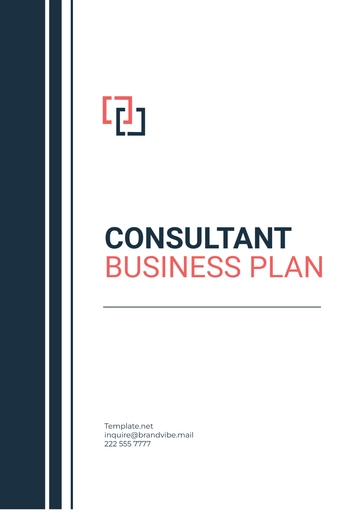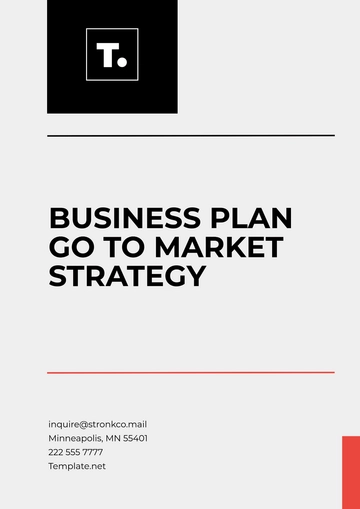Marketing Business Campaign 5-Year Strategy Plan
1. Executive Summary
This Marketing Campaign Strategy Plan aims to establish [Your Company Name] as a global leader in eco-friendly consumer electronics by expanding our presence in North America, Europe, and Asia-Pacific from 2060 to 2065. Our strategies focus on innovative marketing techniques, data-driven customer engagement, and promoting sustainable practices, all designed to build a loyal customer base and boost revenue by 40% over the next five years.
2. Mission and Vision Statements
Mission: To deliver cutting-edge, environmentally sustainable consumer electronics that enrich lives and foster environmental stewardship.
Vision: To be the most trusted global brand in eco-friendly electronics by 2065, known for innovation, quality, and a deep commitment to the planet.
3. SWOT Analysis
Strengths:
Weaknesses:
Opportunities:
Growing demand for sustainable electronics in emerging markets, particularly Asia-Pacific
Advancements in AI and machine learning for enhanced customer personalization
Threats:
4. Goals and Objectives (2060–2065)
Goal 1: Increase global brand awareness by 50% by 2065.
Goal 2: Achieve a 40% growth in new customer acquisition across target regions.
Goal 3: Reduce production costs by 15% while maintaining sustainability standards.
5. Key Strategies and Initiatives
Digital Marketing Transformation: Invest in AI-based marketing automation to improve targeting, reach, and engagement across digital platforms.
Customer Personalization Initiatives: Use machine learning to provide personalized experiences based on customer behavior, enhancing loyalty and engagement.
Sustainable Product Campaigns: Launch campaigns highlighting eco-friendly materials and the recyclability of products to appeal to environmentally conscious customers.
Expansion into Asia-Pacific: Build a robust distribution network in Asia-Pacific, focusing on local partnerships to enhance reach and reduce logistics costs.
6. Resource Allocation and Budget
Digital Marketing and Advertising: Allocate 45% of the budget to digital marketing, covering SEO, content marketing, social media, and influencer partnerships.
AI and Data Analytics Tools: Dedicate 20% of the budget to acquiring advanced data analytics tools to better understand and engage customers.
Sustainability Initiatives: Reserve 15% of the budget for eco-friendly packaging and sustainable marketing.
Talent Development: Allocate 5% of the budget for staff training on new digital tools and data privacy regulations.
7. Timeline and Milestones (2060–2065)
2060 Q1: Finalize marketing strategies, secure partnerships for Asia-Pacific expansion, and assign budgets.
2061 Q2: Launch the "Eco Smart Living" brand awareness campaign in Asia-Pacific, targeting environmentally conscious customers.
2062 Q3: Roll out AI-powered digital advertising campaigns in North America and Europe, focusing on product personalization.
2063 Q2: Expand sustainable product lines, including the release of a new eco-friendly product series.
2064 Q4: Implement new cost-saving production technologies to achieve the 15% cost reduction target.
2065 Q4: Complete campaign evaluation and establish next-phase strategic goals.
8. Risk Assessment and Contingency Plans
Risk 1: Regulatory changes impacting the use of data for targeted advertising.
Risk 2: Supply chain disruptions affecting eco-friendly materials.
Risk 3: Increased competition from tech giants in emerging markets.
9. Evaluation and Key Performance Indicators (KPIs)
Brand Awareness Growth: Track brand recall and market reach metrics in Asia-Pacific, aiming for a 10% increase per year.
Customer Acquisition Metrics: Measure growth in new customers acquired from digital campaigns in North America and Europe.
Customer Retention and Engagement Rates: Analyze repeat purchase rates, social media engagement, and email open rates.
Campaign ROI: Assess ROI on each campaign quarterly, adjusting strategy based on performance metrics.
10. Review and Adaptation Process
Annual Review: Conduct yearly reviews to analyze performance relative to set goals and KPIs. Reallocate resources if necessary and adjust strategies.
Quarterly Adjustments: Implement quarterly check-ins for ongoing campaigns to evaluate effectiveness and make necessary optimizations.
End-of-Campaign Evaluation (2065): Analyze overall campaign performance in 2065, documenting learnings and strategic insights for future planning.
5-Year Plan Templates @ Template.net
